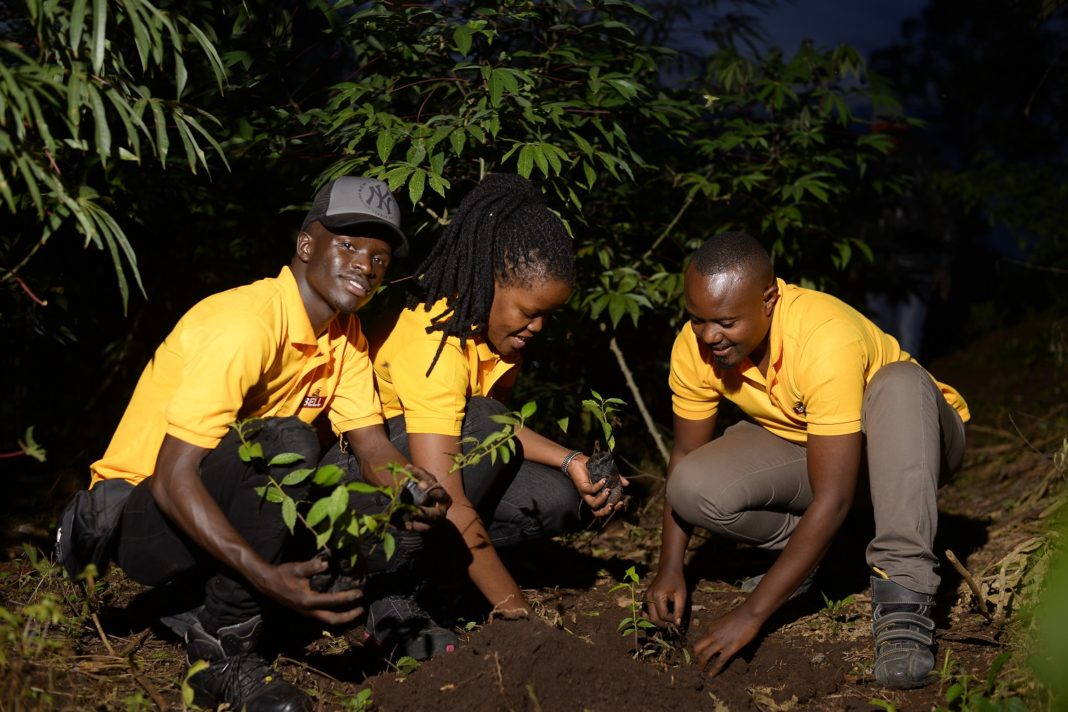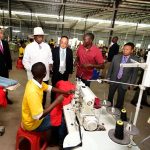Research shows that the tree cover in the year 2000 was 7,764,959 hectares, however from 2001 to 2022 this has greatly reduced to 917,555 hectares. This is a decrease from 38.90% to 11.80% of tree cover. The national deforestation rates stand at 2% annually with an average of 122,000 hectares lost every year yet 6% of the GDP of Uganda and more than 90% of the population depend directly on the forests as a source of energy.
The increase in human activities in forest reserves has caused a major shift in climate change, this has disrupted the normal balance of nature. Most recently many Ugandans are facing adverse effects of an extreme shift in weather patterns. These have resulted in prolonged warmer temperatures, extended dry seasons, heavy rains, and flooding all of which pose many risks to human beings, their property, and other forms of life on land.
Since late April 2022, the Uganda Red Cross has reported hundreds of cases of people affected by flash floods, mudslides, and landslides due to the heavy rains in various districts of Eastern and Western Uganda. The affected persons have been left homeless with their houses and gardens washed away by the floods or buried in the mudslides, and worse still many losing their lives. These adverse effects have also destroyed infrastructures in the affected areas, many roads have been cut off, bridges submerged and some washed away.
Nakaseke district which is predominantly a forested area in the Southern part of the district has been targeted as a major source of wood in Uganda. The increasing population has led to an increase in the cutting of trees which has left most of the once-forested areas dryland. With the growing population, there has been a higher demand for wood energy for charcoal production, and degradation of wetlands due to the increasing need for land for human settlement, crop cultivation, and grazing of animals. This has made the area at a higher risk of experiencing flooding and landslides in a few years to come.
Tree planting is one of the interventions that is currently being implemented in Nakaseke district to avert the negative climate effects brought about by human activities. Last week Uganda Breweries staff partnered with Tree Adoption Uganda, and joined by the community, planted 5,000 indigenous tree seedlings on 10 acres of land with smallholder farmers that are interested in Agroforestry in Nakaseke district. This is in addition to the 1,000-plus trees that have already been planted in Luweeroby by the brewery staff in the past, under the ROOTs campaign.
Speaking at the tree planting activity, the Uganda Breweries Sustainability and Communications Manager, Suleiman Ngondi said that they are committed to making progress on environmental sustainability both in their business operations and in society. “We are big on tree planting because we know the success of our business is inextricably linked with the health of the planet, and this is well detailed in our Society 2030: Spirit of progress sustainability action plan,” Suleiman added.
The Running out of Trees Campaign seeks to respond to Uganda’s International obligations per the Bonn challenge whose aim isto restore 2.5million hectares of degraded landscapes by 2030 through forest protection, afforestation, and sustainable biomass production measures under Uganda’s Nationally Determined Contributions (NDC).
“Through landscape restoration activities like planting trees and agroforestry, we are building resilience for smallholder farmers against the changing climate while economically empowering unemployed young people in Uganda’s rural communities by teaching them how to set up and manage indigenous tree nurseries and tree farms,” said Charles Batte, Chief Executive Officer Tree Adoption Uganda.
All tree seedlings planted under the ROOTs campaign are going to be mapped by Tree Adoption Uganda, who have developed a tree mapping App that enables them to collect data on the tree seedlings planted for easy monitoring and maintenance.
The ROOTs campaign was launched as a 5-year plan to bring on board different players in the private sector to support the Government’s initiative to replenish Uganda’s forest cover. The main target of this campaign is to plant 40 million trees across the country by 2025, this means that every Ugandan should plant at least one tree.







